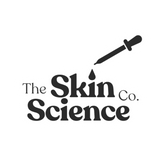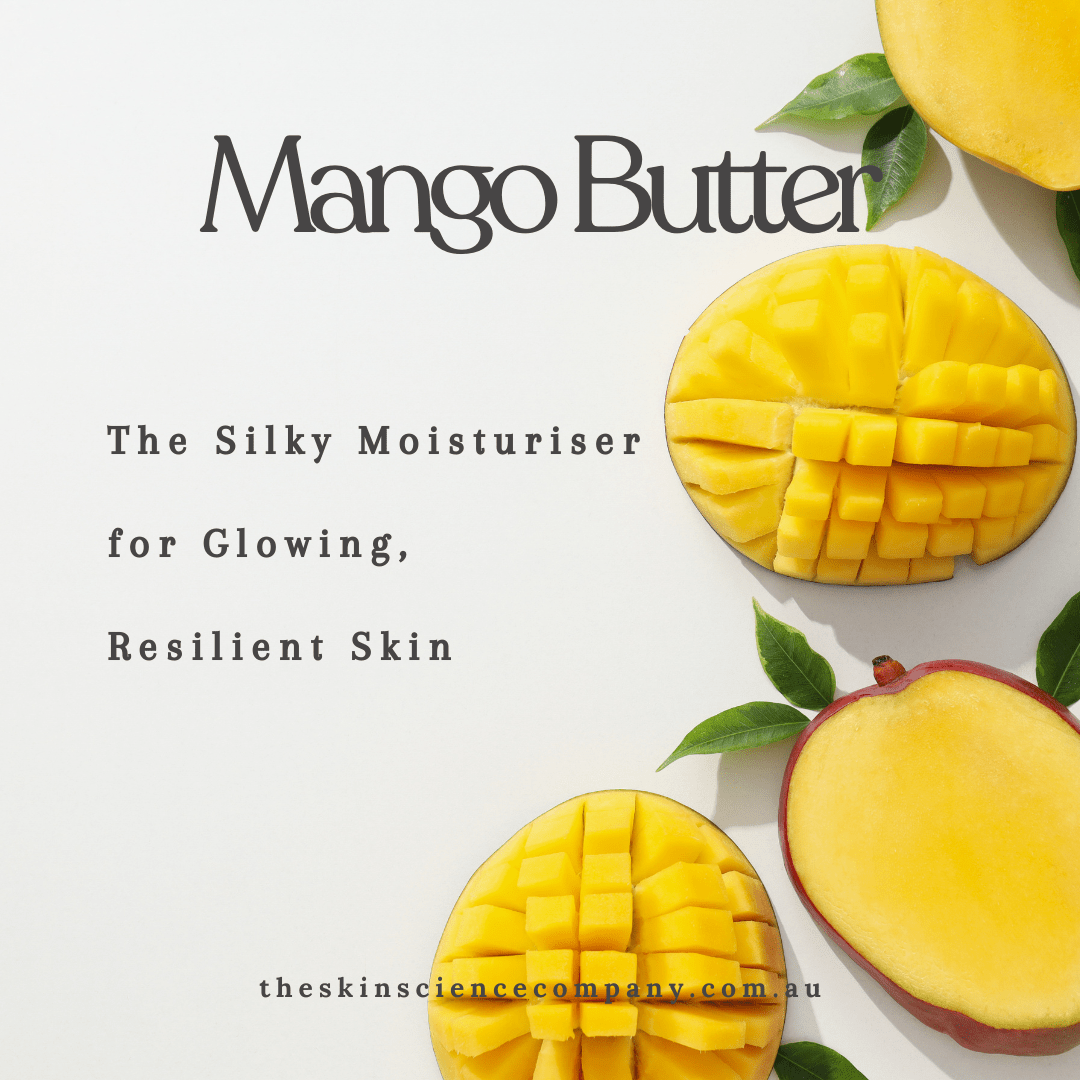If you've been even slightly curious about skincare, you've probably heard the buzz around hyaluronic acid. With over 33,000 monthly searches and product names flooding the market, it’s clear this powerhouse ingredient is more than just a passing trend.
In this blog, we'll explore what hyaluronic acid does, how to use it effectively, and why it deserves a permanent place in your skincare routine. Plus, we’ll answer the most searched questions online—all backed by the science and best practices of formulation.
What Is Hyaluronic Acid and What Does It Do?
Hyaluronic acid (HA) is a naturally occurring sugar molecule in your skin that holds up to 1,000 times its weight in water. In short: it’s a hydration magnet.
As we age or experience environmental stress (like sun or wind), our natural HA levels drop, which leads to dryness, fine lines, and a dull complexion.
Key Benefits of Hyaluronic Acid:
-
Instantly hydrates and plumps skin
-
Improves elasticity
-
Reduces appearance of fine lines
-
Enhances the absorption of other ingredients
How to Use Hyaluronic Acid Powder in DIY Skincare
Most people are familiar with hyaluronic acid serums or moisturisers, but did you know you can formulate your own using pure hyaluronic acid powder?
How to Use:
-
Dissolve a small percentage (usually 0.1% - 1%) in distilled water with a preservative.
-
Let hydrate overnight for a smooth gel-like texture.
-
Store in a clean pump or dropper bottle.
This forms a DIY serum you can layer under moisturizer for maximum hydration.
If you’re not into DIY, explore ready-made options like SSC’s HA Serum + B3 or HA Serum made with high molecular weight hyaluronic acid. You can also try our Hyaluronic Acid Powder for custom formulations.
Hyaluronic Acid with Other Ingredients: What Works Best?
Some of the most common SEO-driven questions include how HA interacts with ingredients like retinol, niacinamide, or vitamin C.
Can You Use Hyaluronic Acid with Niacinamide?
Yes! They complement each other beautifully. HA hydrates, while niacinamide strengthens the skin barrier.
Can You Use It with Retinol?
Yes, but apply HA before retinol to prevent dryness and irritation.
What About Vitamin C?
HA and vitamin C are both antioxidants and work well together. Use vitamin C first, followed by HA.
Choosing the Right Type: Not All HA Is Equal
Look for high molecular weight hyaluronic acid if you want to hydrate the skin's surface. This type forms a protective film that reduces transepidermal water loss.
Low molecular weight HA penetrates deeper but can be irritating for sensitive skin.
The Skin Science Company uses HMW Hyaluronic Acid in all our serums to keep things gentle, effective, and beginner-friendly.
Most Searched Questions About Hyaluronic Acid (Answered)
What’s the best skincare product with hyaluronic acid?
Look for serums that combine hyaluronic acid with other beneficial ingredients like niacinamide or panthenol. A good HA serum should have minimal ingredients, be fragrance-free, and include a preservative. SSC’s HA Serum is a great example.
Can I use hyaluronic acid every day?
Yes—even twice daily. Apply to clean, damp skin and follow with a moisturizer to lock in hydration.
Should I use it in the morning or night?
Both. Use in the morning for hydrated skin throughout the day, and again at night to support overnight repair.
Is hyaluronic acid safe during pregnancy?
Yes, it’s generally considered safe for use during pregnancy because it works on the skin's surface and isn’t absorbed into the bloodstream. However, always check with your healthcare provider.
What are the benefits of hyaluronic acid for the face?
HA helps keep the skin looking plump, smooth, and hydrated. It can also reduce the appearance of fine lines, especially when used consistently.
Should I use a serum or moisturizer with hyaluronic acid?
Both can be beneficial. Serums are more concentrated and absorb quickly, while moisturizers with HA help seal hydration in. Use a serum first, then a moisturizer for best results.
Can I use HA with other active ingredients like niacinamide and retinol?
Yes! It works well with both. Just make sure to layer it correctly—HA first, then actives like niacinamide or retinol, followed by moisturizer.
Final Thoughts: Why You Shouldn’t Skip This Ingredient
Hydration is the foundation of every good skincare routine. Whether you’re building your own formula or shopping for a ready-made serum, hyaluronic acid delivers results.
🔗 Want to try it yourself? Explore our:
Your skin will thank you.




Comment
Hi ive purchased 200ml of HA serum.+ B3 can I put this serum straight on my clean face and then moisturizer or do I need to mix it with water 💧 🤔 cheers Peita 😀:)